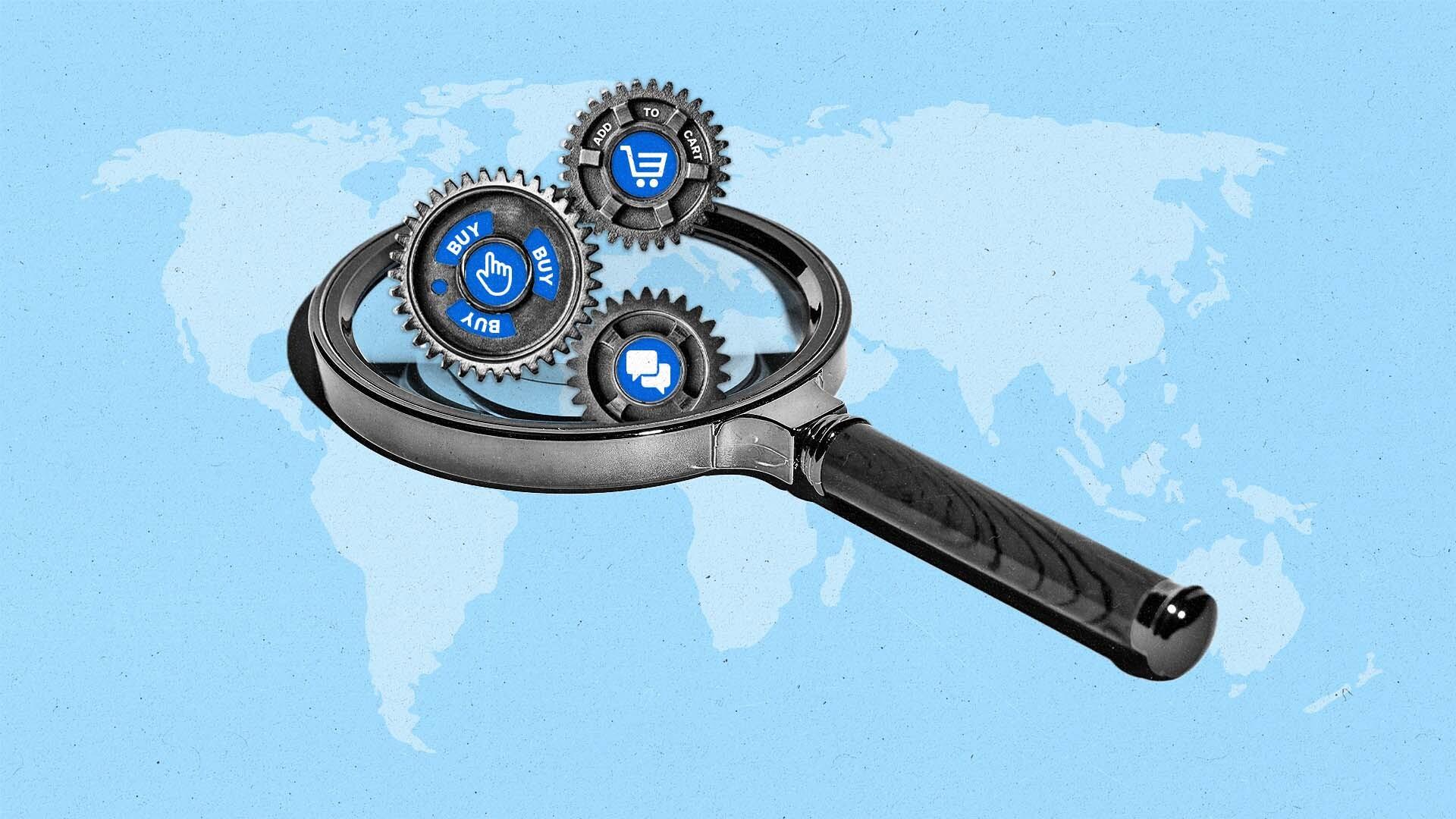Retail data is going global

Retail data take-up may be booming in the U.S., but advertisers around the world are quickly recognizing its value too.
Just last month, foodpanda, Asia’s leading delivery app outside of China, announced it would make its retail data available to advertisers. That was followed by a study from Kantar and GrabAds, the ad sales arm of super app Grab, which showed that yearly growth in retail media ad spend in Southeast Asia is projected to be higher than the global average until the end of the decade.
Marketplaces such as Shoppee, Lazada and Tokopedia provide brands with closed loop access to their customers, which can help drive conversions and return on ad spend.
Interest in retail media is also surging beyond Asia. According to eMarketer, retail media is the fastest growing form of ad spend, with global spending expected to reach $140 billion this year. Forecasts suggest this could grow by 26% over the next four years, totalling a projected $176 billion per year in 2028.
From the U.S. to the U.K. to Taiwan to Australia, advertisers globally are recognizing the scale of the opportunity, working directly with retailers and their media arms to leverage deep retail insights for their campaigns.
Predicting the future
A big part of the allure of retail data is its ability to peel open additional layers of insight into broad consumer lifestyles and preferences.
Predictive modelling is just one of the methods retailers and brands can use to help achieve this depth of insight. Sophisticated algorithms predicated on analytics and artificial intelligence (AI) technologies can help determine future consumer purchasing patterns and how they interact with certain media.
“The power of using retail data means that we know how customers shop, what their everyday lives are likely to look like and the media they're most likely to consume,” says Georgia Goodall, media insight manager for Tesco Media and Insight Platform.
“This allows us to reach customers in the most relevant way, either based on past behaviour, or being predictive in finding customers that we believe have the highest propensity to behave in a certain way.”
Audience segmentation and predictive modelling capability gave Andrex, the toilet paper brand, a return on advertising spend (ROAS) that was five times higher than expectations. Advertising agency PHD Media worked with Andrex to leverage retail data from off-site sources, away from the Andrex app and website. An omnichannel strategy, using verified buyer data from Ocado online supermarket, was used to build audience segments and create video and display advertising assets.
Segmentation and modelling also yielded key behavioural insights, like preferred purchasing devices (at 54% for mobile devices, versus just 2% for tablets).
For advertisers, retail data and predictive technologies can give them the ability to craft personalized and geo-targeted campaigns that resonate more deeply with consumer preferences.
That has resulted in a more collaborative dynamic between retailers and advertisers, spurring the development and application of technology that allows companies to upload first-party data in a neutral space.
The need to protect proprietary data helped Mondelēz develop a campaign for its Triscuit brand. The campaign used data on charcuterie enthusiasts from Pinterest and Albertsons to deliver a 16% uplift in incremental sales and units sold, together with a 19% increase in new buyers.
Putting loyalty to the test
Many brands are collaborating with online retail and loyalty brand platforms, both of which have a wealth of consumer information.
An Australian snack food brand used data from one of Australia’s most popular loyalty programmes in its campaign to gain a foothold in the premium snack market. Loyalty data helped deliver a sales uplift of 158% and 147% on two groups of the brand’s products, and a decrease in cost reduction per acquisition of 52%.
Similarly, Celsius, a U.S. drinks company, launched a new energy drink on Sam’s Club, the members warehouse platform of Walmart, using data from four decades of membership, including transactions, searches and club visits. The collaboration helped Celsius achieve an incremental return on ad spend of $5.32, together with an uplift in sales of 24%.
Performance measurement
While access to data helps with campaign targeting, brands are increasingly demanding greater measurement capability, both at the post-campaign stage and once a campaign is underway. Mid-flight performance measurement can then be combined with real-time optimisation if certain metrics are falling short of their targets.
Food giant Knorr’s collaboration with foodpanda involved daily reporting of sales conversion data and mid-flight optimizations. Real-time measurement and tweaks helped deliver more than 12.9 million impressions, exceeding the initial target by more than 70%. Add-to-cart rates increased by 229% and conversions on the foodpanda platform rose by 81%.
“Advertisers increasingly require measurement to be real-time, or near-real time, versus weeks or months after a campaign. Retail media is at the foundation of these exciting ‘data-quakes’,” says Soyeong Park, head of measurement, insights and data strategy at Sam’s Club MAP.
The Current is owned and operated by The Trade Desk Inc.
Subscribe to The Current
Subscribe to The Current newsletter